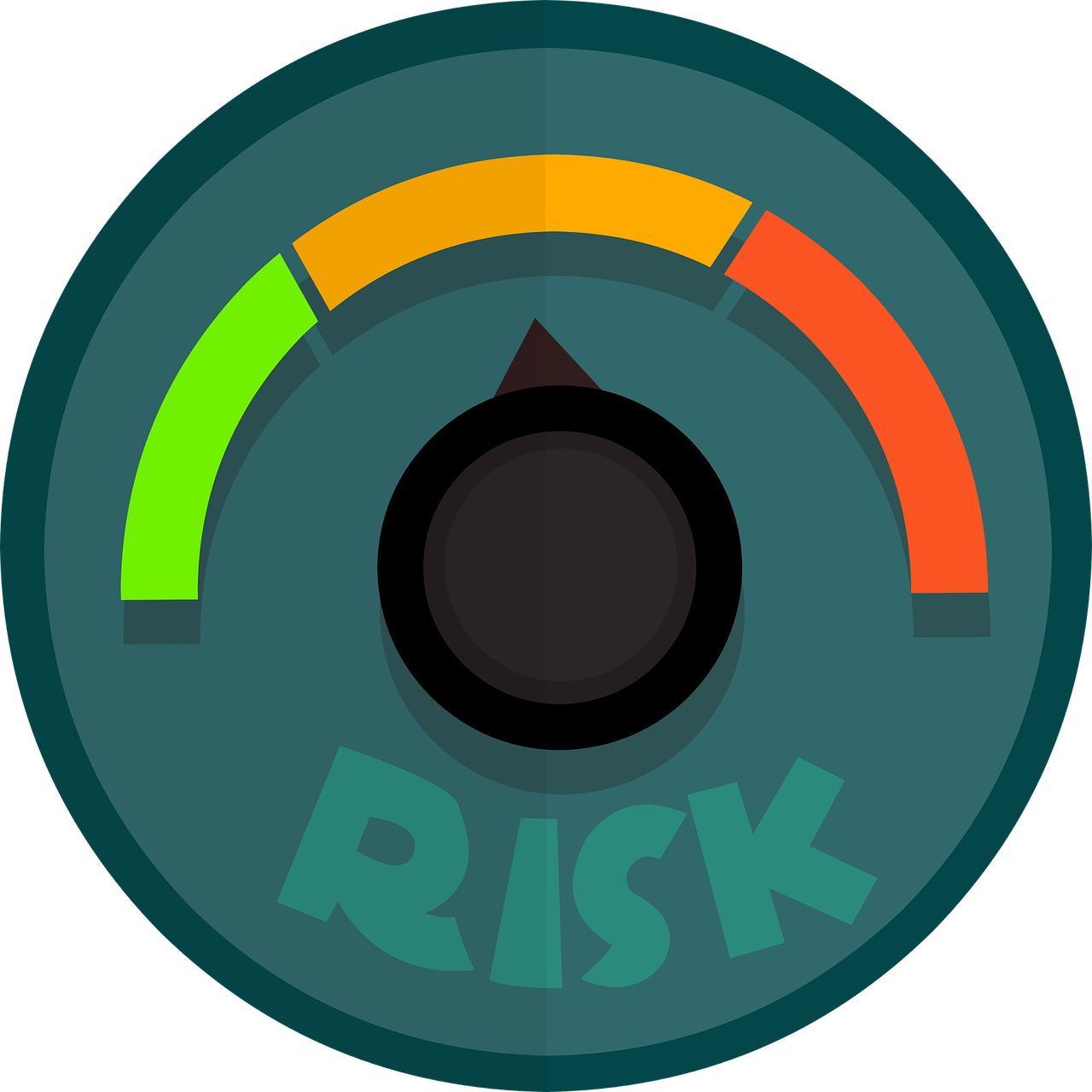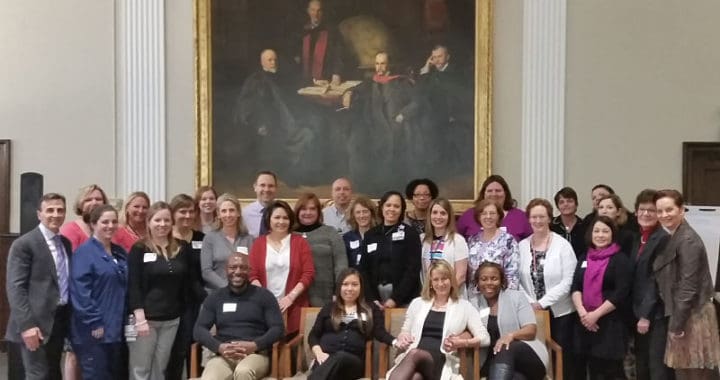Feedback. This simple word, and the action it represents, has the power to create an open, positive and healthy workplace. When absent, it has the power to promote a toxic work environment.
Feedback is an integral part of organizational life. Evaluations, performance reviews, contract renewals, renegotiations, and day-to-day team conversations that move projects along all require the ability to give and receive feedback.
So how does this skill, or specifically the lack of it, lead to toxic work environments?
First, let’s look at workplaces where feedback is lacking. What happens when you aren’t given performance reviews – especially if wages or promotions are tied to these reviews? What happens when there is no direction for a project, yet you later find out through the grapevine that your superiors were unhappy with your work? What happens when you have a team member that constantly makes mistakes or doesn’t deliver work on time? How is everyone impacted if management will not directly address these important needs?
These are just a few of the ways that the lack of feedback can lead to feelings of betrayal that fuel toxic work environments. As you experience these things over and over, you begin to feel like your work doesn’t matter, that management doesn’t care about you or your success, or that you are being set up to fail. These feelings lead to disengagement.
What’s worse than no (or poor) feedback? Negative behaviors leaders, managers and team members engage in that further the growth of toxicity, such as:
- calling out others when a mistake is made
- shifting the blame from one team member to another
- playing favorites
- yelling, berating, or overtly abusing others
- providing only negative input to an action or process
Feedback, when delivered thoughtfully, is a powerful vehicle for building trust, and ultimately, your professional effectiveness.
Feedback Can Fuel or Smother a Toxic Work Environment
It is not hard to understand how important feedback can be to preventing or eliminating a toxic work environment. But how do you give good feedback? How do you tell people their behaviors are negatively affecting performance or your working relationship?
How do you receive feedback without taking it personally, without getting defensive, or without getting your feelings hurt?
The key to giving feedback is to remember that it’s not what you say, but how you say it – and the intention with which you offer your insights.
Good Intentions are Important to the Feedback Process
If your intent is to put a person down, to prove him or her wrong so as to make yourself right, you are getting it wrong! These personal attacks create defensiveness, an unwillingness to listen, and future apprehension about feedback. In essence, you’re promoting a toxic work environment.
If your intent is to make your colleague aware of how he or she is perceived and to strengthen the relationship, you’re on the right track. By focusing on specific behaviors and being true to your positive intention to help, rather than to judge or criticize, you are making your feedback productive. When you extend compassion while giving feedback, you support others to see opportunities to improve something – a behavior, a skill, an approach, a relationship. It is easier for the other person to receive the feedback when they can participate in understanding that their approach to a problem can be changed to achieve a different outcome.
In this way you’re demonstrating that you care for the other person and that you’re willing to invest in your mutual effectiveness. You build a deeper sense of understanding for how to move forward, together, in the most productive manner.
To give feedback effectively, you need to be willing to receive it in return.
When others give you feedback, listen closely for their intentions. Being defensive and focusing on your response prevents you from hearing, and learning. Instead, focus on what is being said, make an effort to be open and show genuine interest in what you hear.
When you practice this behavior people will experience your receptiveness and will feel safe in sharing their perceptions. When people feel that their opinions are both being heard and matter, they are more willing to engage. This dynamic helps avoid the apathy that accompanies toxic work environments.
Having the courage to engage in constructive feedback conversations is an ongoing discipline that demonstrates commitment to fostering strong, trusting relationships that eliminate toxic work environments while building your Trust of Communication and overall professional effectiveness.







































